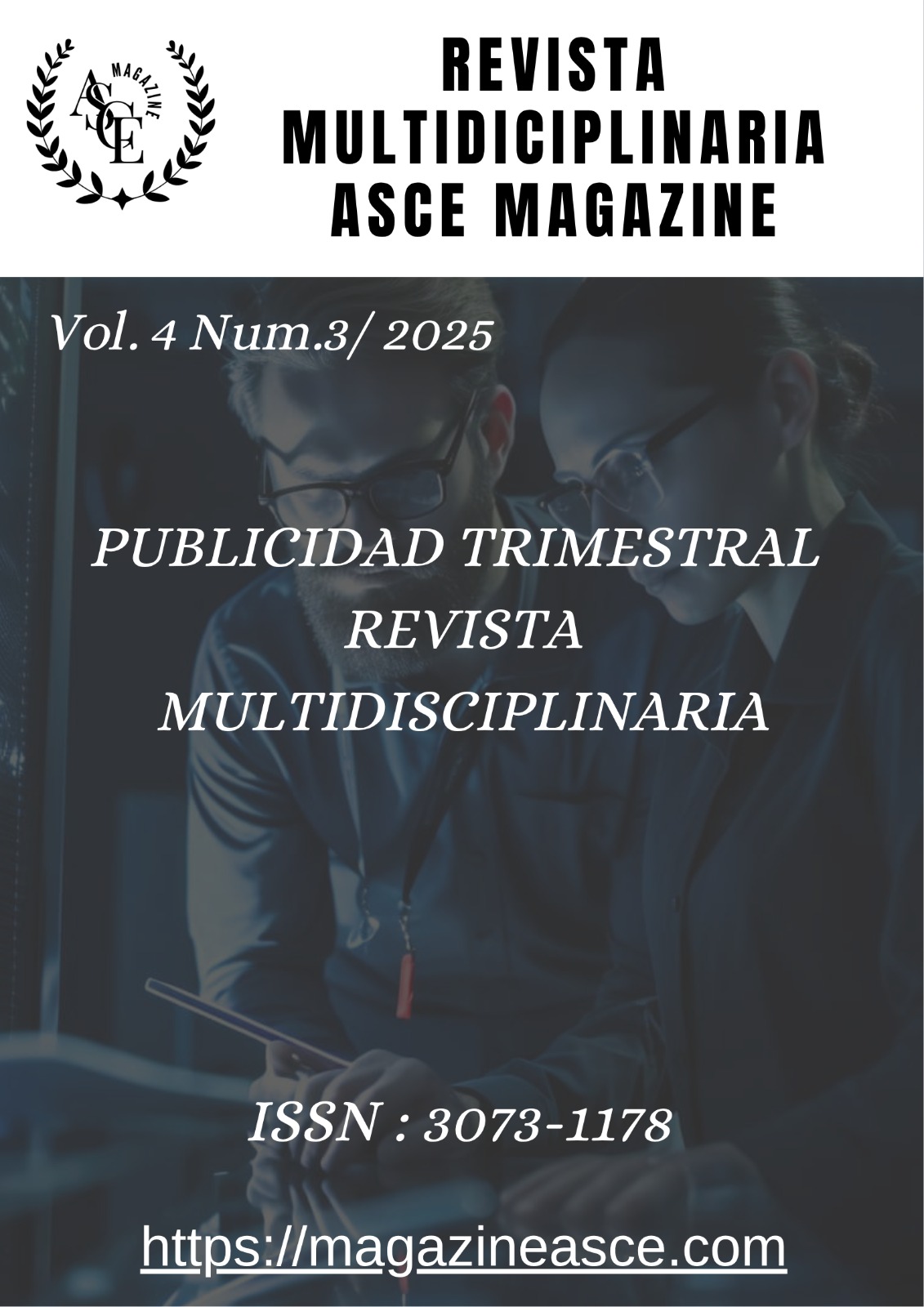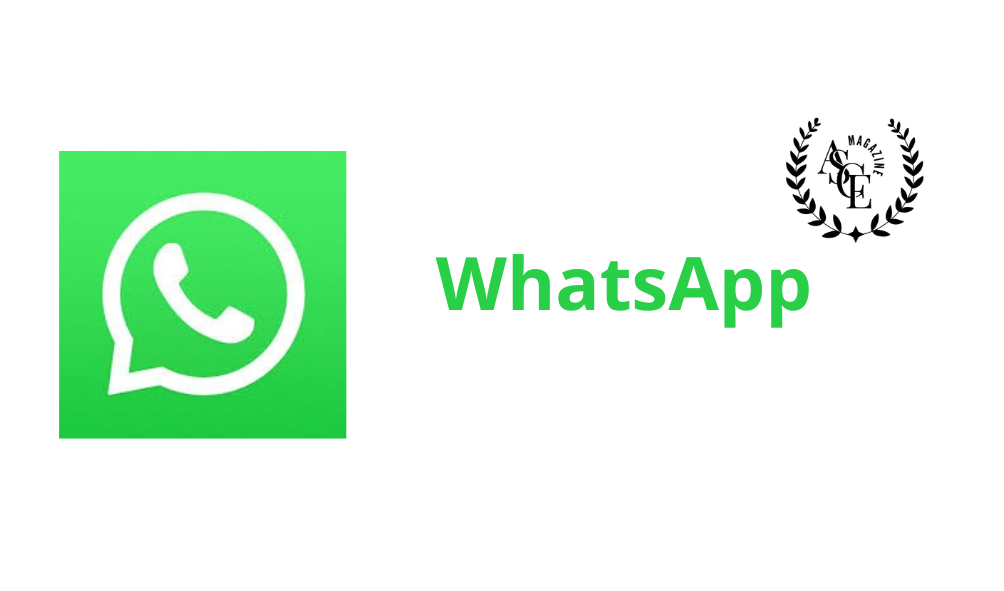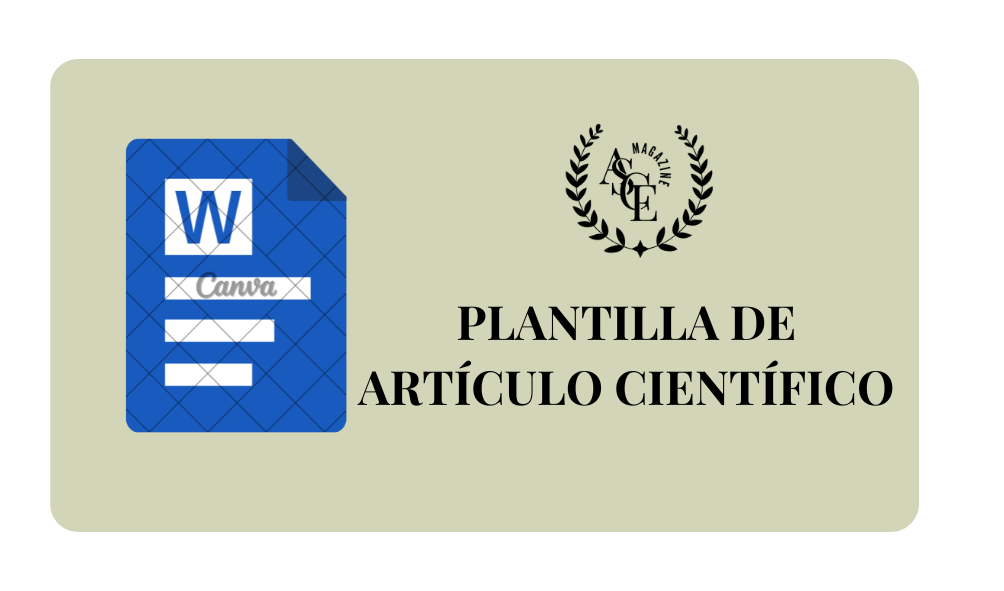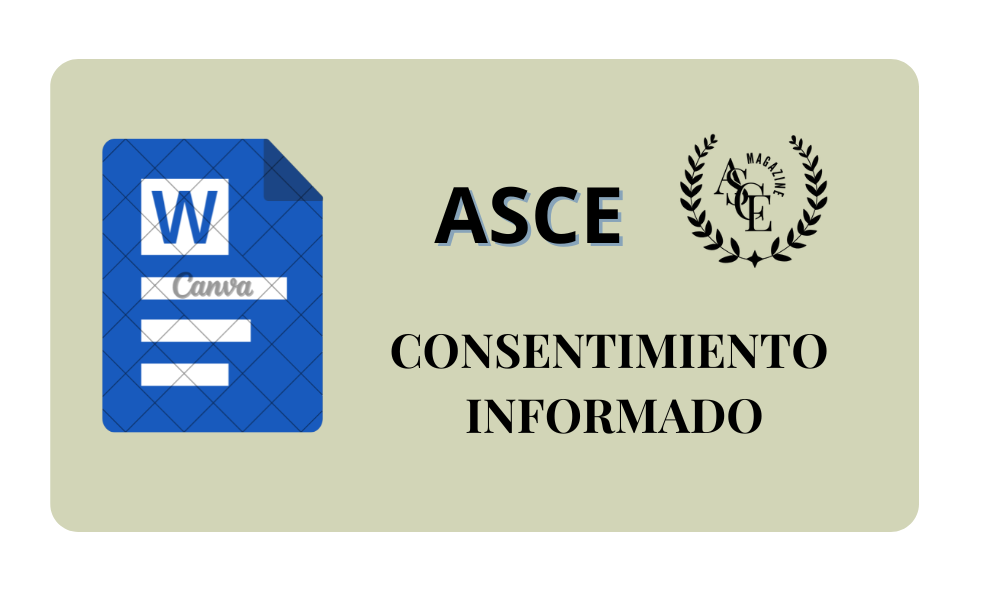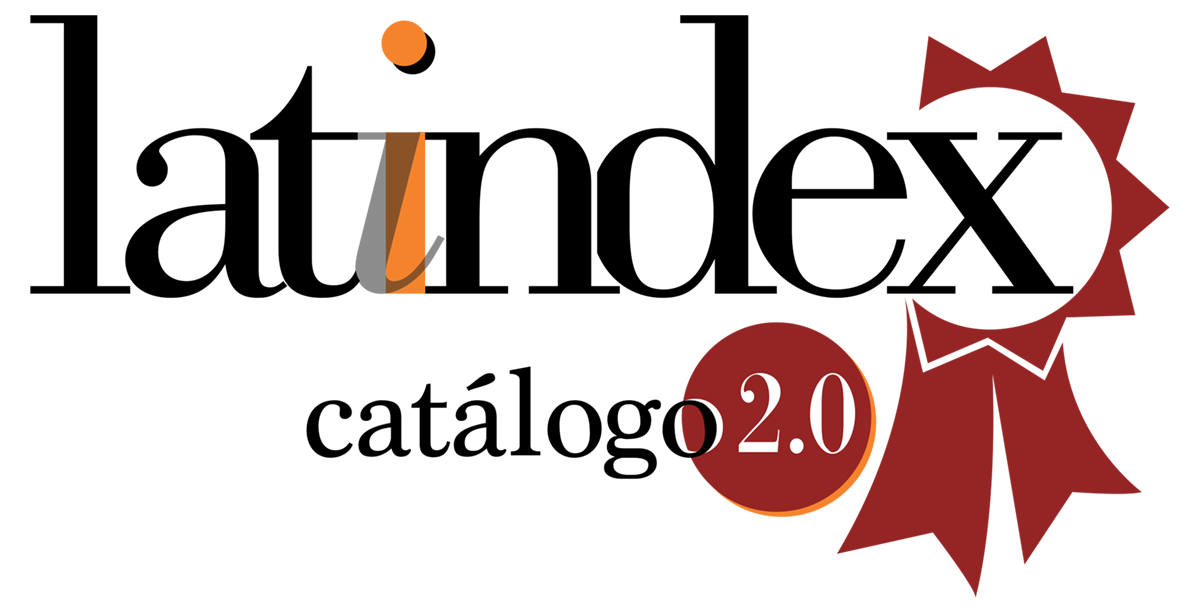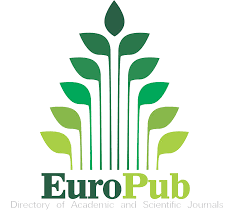How do digital tools improve English proficiency in EFL classrooms? A multilevel modeling approach
DOI:
https://doi.org/10.70577/ASCE/222.239/2025Keywords:
Digital tools, EFL, teacher training, online platforms, language proficiency.Abstract
The study analyzes the effectiveness of digital tools in teaching English as a foreign language (EFL), highlighting their impact on oral communication skills. Using a mixed methods approach and a Hierarchical Linear Model (HLM), 27 students from 9 schools were evaluated, considering variables such as frequency of use of digital tools, type of tool (online platforms, interactive whiteboards, educational software), teacher training, class size and socioeconomic level. The results show that teacher training isthe most determinant factor, increasing language proficiency by 8.48 points (p<0.01). Online platforms outperform educational software (+3.42 points, p=0.0055), while interactive whiteboards show no significant difference (p=0.496). The frequency of use of digital tools has a moderate effect (+1.30 points, p=0.39), but their systematic implementation improves learning. No significant variations were found between schools (p=0.136), suggesting that these strategies are applicable in diverse contexts. It is recommended to strengthen teacher training, prioritize online platforms, and establish a frequent and structured use of digital tools to maximize English learning.
Downloads
References
Admin. (2025, July 7). Maximize your english learning: Top digital tools for tracking progress. 5 Minute English. https://5minuteenglish.com/how-to-use-digital-tools-to-track-your-english-progress/
Ali, S. M., Yunus, K., Alshaikhi, T., & Aliia, A. M. (2025). The use of digital learning in the EFL classroom and its effect on self-perceived knowledge, learning, and English use at the University of Tabuk. E-Learning and Digital Media, 22(1), 67–85. https://doi.org/10.1177/20427530241229125 DOI: https://doi.org/10.1177/20427530241229125
Burgos, M. V., & Anthony, J. E. S. (2024). Digital literacy and language learning: The role of information technology in enhancing english proficiency. American Journal of Education and Technology, 3(4), 86–91. https://doi.org/10.54536/ajet.v3i4.3808 DOI: https://doi.org/10.54536/ajet.v3i4.3808
Fedorova, A. (2023, January 29). Digital technology in efl classrooms. Arcadia. https://www.byarcadia.org/post/digital-technology-in-efl-classrooms
Felcida, F. J. G., & Parameswaran, D. (2024). An analytical study on developing language skills among l2 learners through digital teaching and learning. Traduction et Langues, 23(1), 88–107. https://doi.org/10.52919/translang.v23i1.971 DOI: https://doi.org/10.52919/translang.v23i1.971
Heri Kuswoyo, Akhyar Rido and Berlinda Mandasari. (2022). A SYSTEMATIC REVIEW OF RESEARCH ON EFL ONLINE LEARNING: EFFECTIVENESS, CHALLENGES, LEARNING TOOLS, AND SUGGESTIONS. 978-989-8704-43–6, 19–26. https://files.eric.ed.gov/fulltext/ED626869.pdf
Lakshmi Priya R1, Prof. G. Anburaj. (2024). Digital tools to advance english fluency. INTERNATIONAL JOURNAL OF PROGRESSIVE RESEARCH IN ENGINEERING MANAGEMENT AND SCIENCE , 4(2583–1062), 1837–1844. https://www.ijprems.com/uploadedfiles/paper//issue_11_november_2024/37112/final/fin_ijprems1732552273.pdf
Lee, S. (2025). Theories behind language learning. Retrieved July 10, 2025, from https://www.numberanalytics.com/blog/theories-behind-language-learning
Maguire, J. (2024, October 1). The importance of teaching digital literacy in the esl classroom. BridgeUniverse - TEFL Blog, News, Tips & Resources. https://bridge.edu/tefl/blog/teaching-digital-literacy-esl-classroom/
Perna, C. L., Cortina Silva, A. D., & Orsi Koch Delgado, H. (2021). Recursos digitais bem-sucedidos para aprimorar as aulas de língua inglesa. Ilha Do Desterro A Journal of English Language, Literatures in English and Cultural Studies, 74(3). https://doi.org/10.5007/2175-8026.2021.e80739 DOI: https://doi.org/10.5007/2175-8026.2021.e80739
Ramamuthie, V., & Abdul Aziz, A. (2022). Systematic review: The effectiveness of digital tools to improve writing skill of esl students. International Journal of Academic Research in Business and Social Sciences, 12(3), Pages 408-427. https://doi.org/10.6007/IJARBSS/v12-i3/12897 DOI: https://doi.org/10.6007/IJARBSS/v12-i3/12897
Rochanaphapayon, T. (2023). Teaching digital literacy to enhance reading comprehension for EFL students [Master’s Degree, Chulalongkorn University]. https://doi.org/10.58837/CHULA.THE.2023.41 DOI: https://doi.org/10.58837/CHULA.THE.2023.41
Salih, A. A., & Omar, L. I. (2024). Enhancing EFL learners’ engagement in situational language skills through clustered digital materials. Frontiers in Education, 9, 1439104. https://doi.org/10.3389/feduc.2024.1439104 DOI: https://doi.org/10.3389/feduc.2024.1439104
Sim, J. S. E., & Ismail, H. H. (2023). Using digital tools in teaching and learning english: Delving into english language teachers’ perspectives. Creative Education, 14(10), 2021–2036. https://doi.org/10.4236/ce.2023.1410129 DOI: https://doi.org/10.4236/ce.2023.1410129
Solak, E. (2024). Revolutionizing language learning: How chatgpt and ai are changing the way we learn languages. International Journal of Technology in Education, 7(2), 353–372. https://doi.org/10.46328/ijte.732 DOI: https://doi.org/10.46328/ijte.732
TESOL, I. (n.d.). The role of language acquisition theories | ✔️ ✔️ ✔️ ittt. tesolcourse.com. Retrieved July 10, 2025, from https://www.tesolcourse.com/pillars/tesol-training/the-evolution-of-tesol-training/www.tesolcourse.com/pillars/tesol-training/the-evolution-of-tesol-training/the-role-of-language-acquisition-theories/
Us, C. (2023). The impact of technology-enhanced language learning on english proficiency: A comparative study of digital tools and traditional methods. International Journal of Environment, Agriculture and Biotechnology, 8(6), 136--138. https://doi.org/10.22161/ijeab.86.14 DOI: https://doi.org/10.22161/ijeab.86.14
Vardhini, M. H. (2023). Role of digital tools in english language teaching. Shanlax International Journal of English, 12(S1-Dec), 507–512. https://doi.org/10.34293/rtdh.v12iS1-Dec.85 DOI: https://doi.org/10.34293/rtdh.v12iS1-Dec.85
Vulchanova, M., Baggio, G., Cangelosi, A., & Smith, L. (2017). Editorial: Language development in the digital age. Frontiers in Human Neuroscience, 11, 447. https://doi.org/10.3389/fnhum.2017.00447 DOI: https://doi.org/10.3389/fnhum.2017.00447
Zamora-Pinargote Fabián & Flores-Vélez Angela Rosario . (2023). THE USE OF DIGITAL TOOLS TO IMPROVE STUDENTS’ VOCABULARY. Revista Científica Multidisciplinaria Arbitrada YACHASUN, 7(12). https://doi.org/https://doi.org/10.46296/yc.v7i12edespmayo.0312
Downloads
Published
How to Cite
Issue
Section
License
Copyright (c) 2025 Diana Carolina Campaña Días, Elsa Amalia Basantes Arias, Luis Armando Quishpe Hipo

This work is licensed under a Creative Commons Attribution-NonCommercial-NoDerivatives 4.0 International License.

